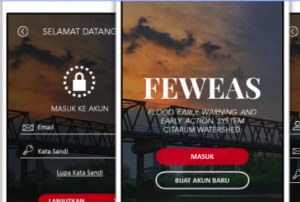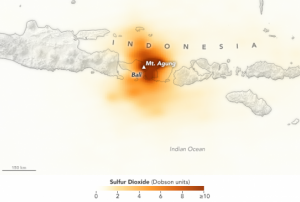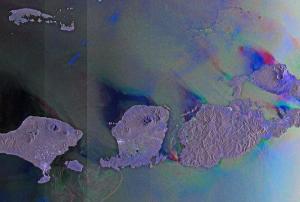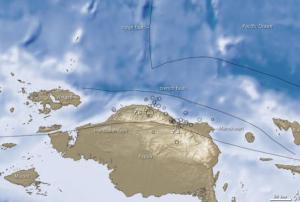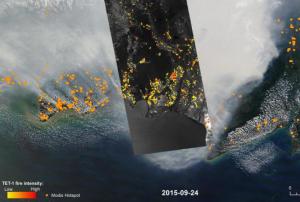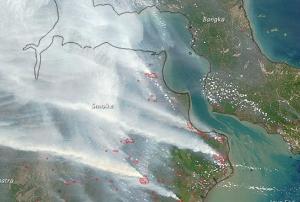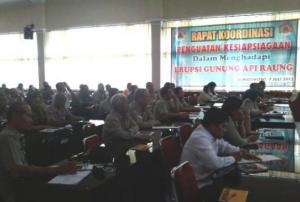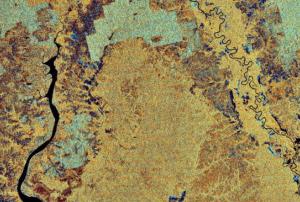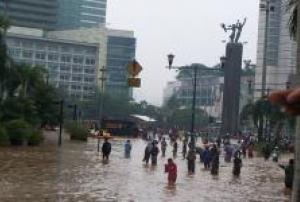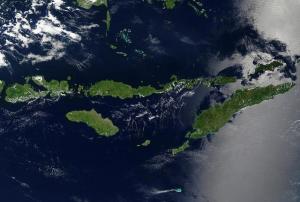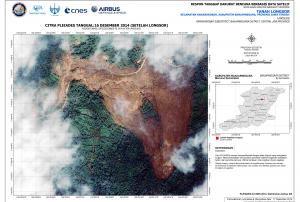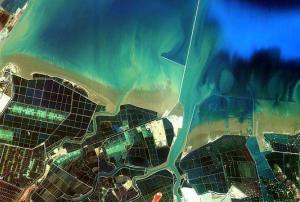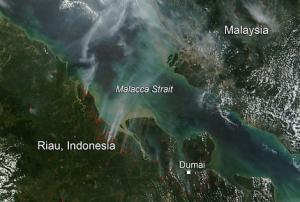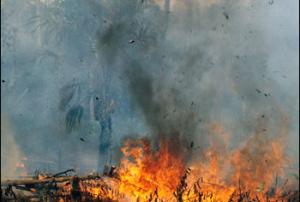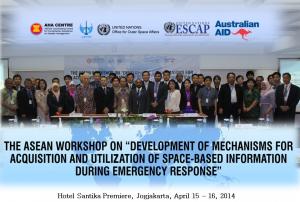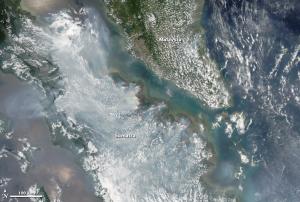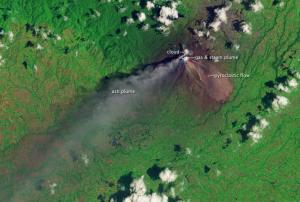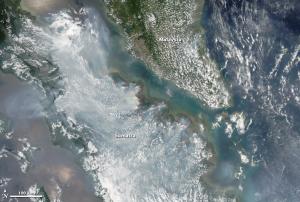The National Research and Innovation Agency of Indonesia (BRIN, UN-SPIDER Regional Support Office in Indonesia) recently discussed the use of remote sensing technology in landslide mitigation.
Landslides occur frequently throughout Indonesia, and at a much higher rate when compared to other natural disasters such as floods, windstorms and earthquakes, with 7024 incidents occurring in the last decade. The Head of the BRIN Geoinformatics Research Center spoke on how improvements in remote sensing technology have enabled the production of high resolution imagery that can be used to detect land cover changes and map hazards like landslide occurrences. Additionally, the accessibility of publicly available datasets and imagery has grown, making such practices more cost effective as well.
With the continual developments in the field of remote sensing, BRIN and other research organizations will be able to to study the occurrences of…
more
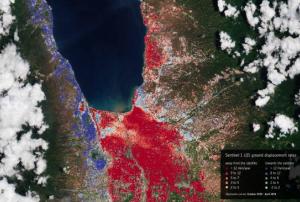
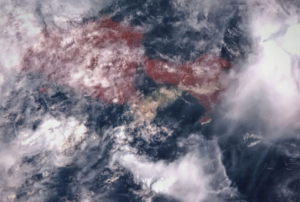
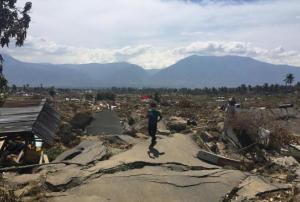
![Copernicus Emergency Management Service (© 2018 European Union), [EMSR317] Palu - Indonesia, Grading Map. Copernicus Emergency Management Service (© 2018 European Union), [EMSR317] Palu - Indonesia, Grading Map.](/sites/default/files/styles/w300_h202_covid_19_detail/public/Copernicus_EMSR317_07PALU_02GRADING_MAP_v2_100dpi.png?itok=k1oGg1mR)

